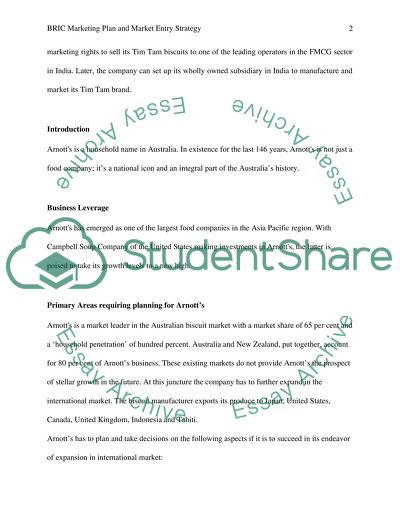Cite this document
(“India as a Potential Market for Tim Tam Biscuits Essay”, n.d.)
Retrieved de https://studentshare.org/marketing/1392842-india-as-a-potential-market-for-tim-tam-biscuits
Retrieved de https://studentshare.org/marketing/1392842-india-as-a-potential-market-for-tim-tam-biscuits
(India As a Potential Market for Tim Tam Biscuits Essay)
https://studentshare.org/marketing/1392842-india-as-a-potential-market-for-tim-tam-biscuits.
https://studentshare.org/marketing/1392842-india-as-a-potential-market-for-tim-tam-biscuits.
“India As a Potential Market for Tim Tam Biscuits Essay”, n.d. https://studentshare.org/marketing/1392842-india-as-a-potential-market-for-tim-tam-biscuits.


